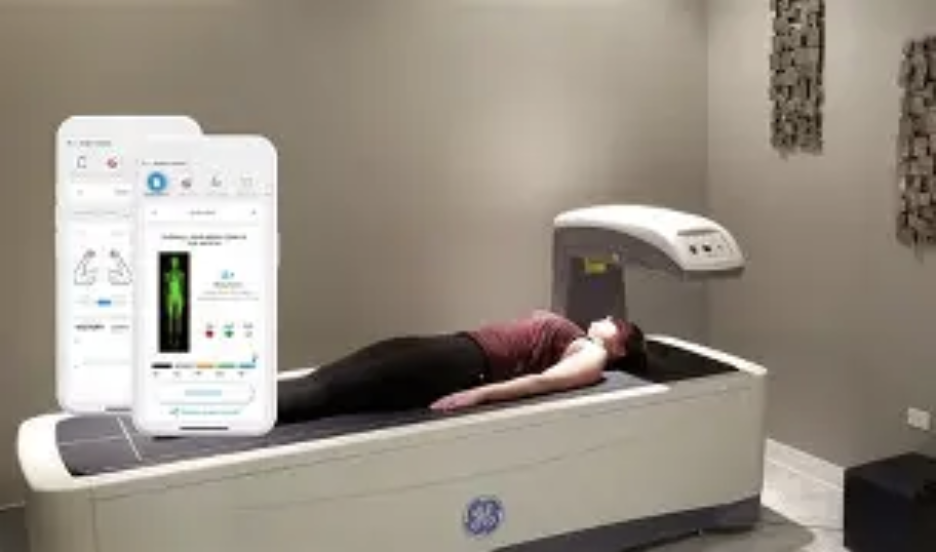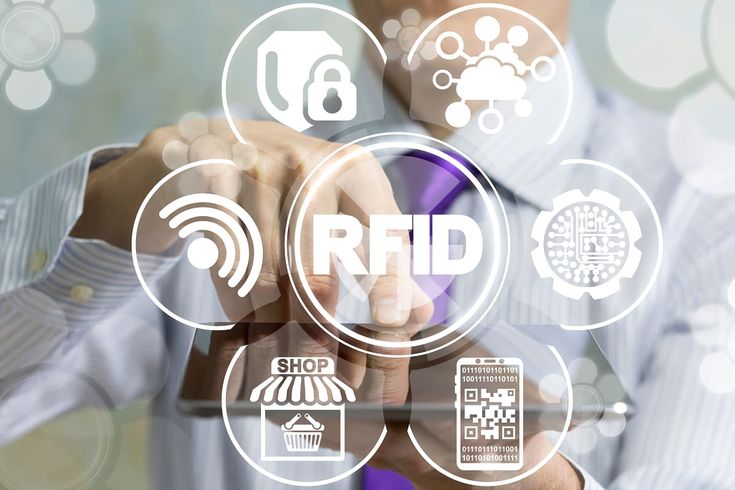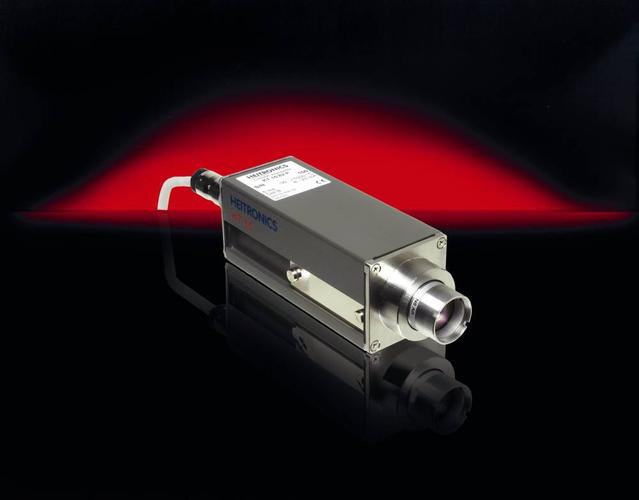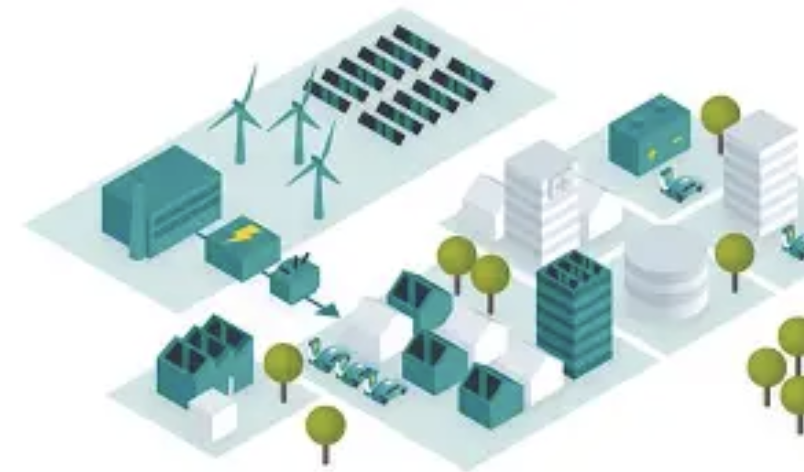What does digital footprint do to solve crimes?
Imagine that you pass a crossroads in a hurry and take a street view. You think this is just a random shutter, but the metadata of the photo in your mobile phone may have quietly recorded your geographical location, shooting time and even the model of your mobile phone. These seemingly insignificant data, in today's digital age, are becoming the "eyes of Sherlock Holmes" for the police to solve crimes, presenting the clues hidden in the real world to our eyes again through the digital puzzles in the virtual world.
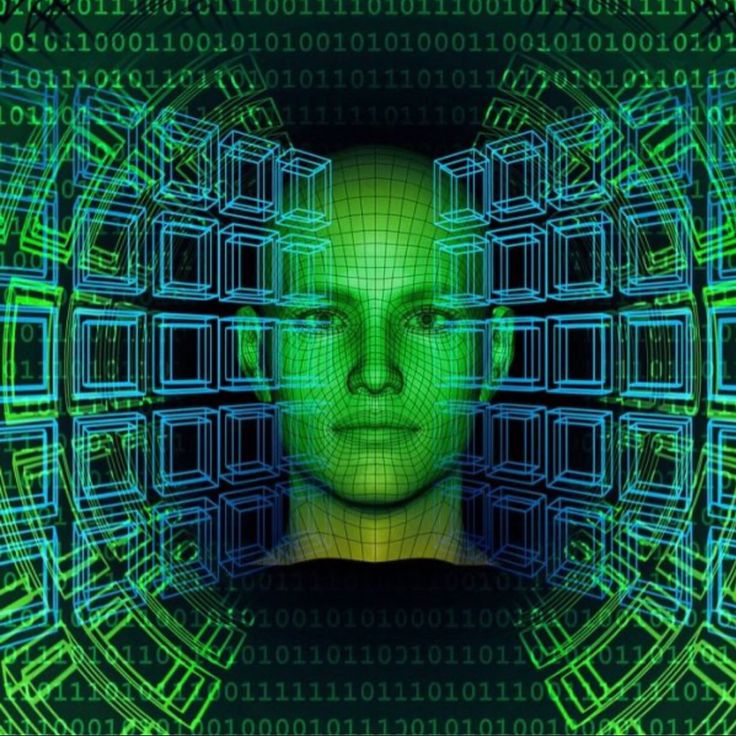
Moreover, the application of micro-expression capture technology is commonly used in law enforcement nowadays. We all know that people's emotions will be revealed through facial expressions. But you may not know that even the most professional pretender can't completely suppress those fleeting micro-expressions that last only a few tens of milliseconds. These micro-expressions, like "Morse code" in the inner world, are usually difficult to be captured by the naked eye, but for a specially trained computer, they are the most honest "confessions".
In some European and American police departments, this kind of technology has been used to assist interrogation. By capturing the suspect's face with a high-definition camera, the system can analyze the subtle changes of facial muscles in real time, such as slight twitching of eyebrows and involuntary tightening of corners of the mouth. When asked a key question, if the system detects a specific micro-expression related to the question, such as an expression expressing surprise or fear, it will alert interrogators to remind them that the answer to this question may be doubtful. This is not to say that the machine can directly judge who is lying, but it provides an objective and scientific reference to help interrogators investigate more effectively.
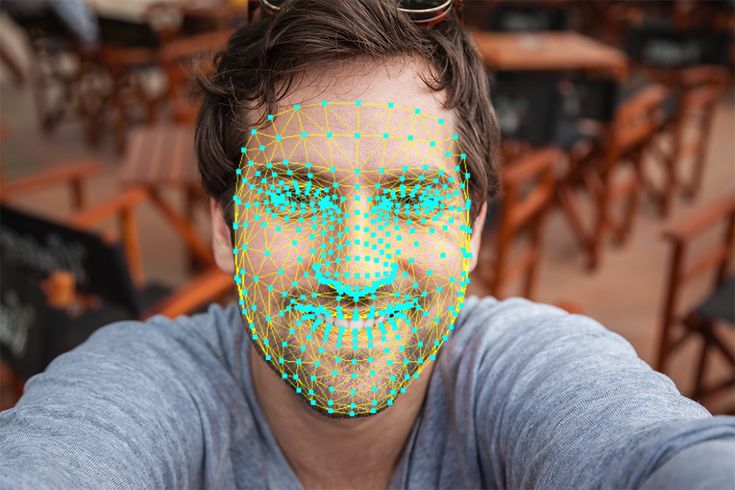
In addition to micro-expressions, voiceprint recognition is also becoming a "fingerprint" in the digital age. Everyone's voice is unique, and its timbre, speech speed, intonation and even breathing frequency all constitute a unique "voiceprint". In some cases of kidnapping or extortion, criminals often contact the families of the victims by telephone. In the past, telephone recording of such cases was difficult to provide effective clues, but now, voiceprint recognition technology can accurately compare the voice in the recording with the existing crime database. Even if criminals use voice changers, high-order algorithms can strip off these disguises and restore the true face of the sound. It has been reported in the news that an old unsolved case is because the police recorded a blackmail phone call many years ago and compared it with the fingerprint of the suspect in a recent new case, and finally locked the real murderer.
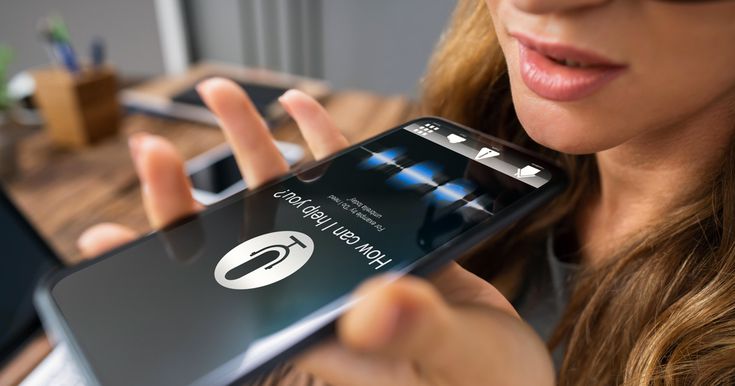
Of course, all these high-tech tools are just aids. They can't replace human wisdom and experience, let alone rigorous legal procedures. But just as microscopes let scientists see the micro-world, these technologies are providing law enforcement officers with a new perspective, allowing them to see those "digital footprints" that are invisible to the naked eye. Some of these footprints are hidden in the release records of social media, some are hidden in every byte of online logs, and some are hidden in the fleeting micro-expressions on our faces.
Technology makes crime more complicated, but it also makes the pursuit more effective. We are in an era where numbers and reality are intertwined, and those invisible digital networks are becoming new barriers to protect our security.
(Writer:Dick)

